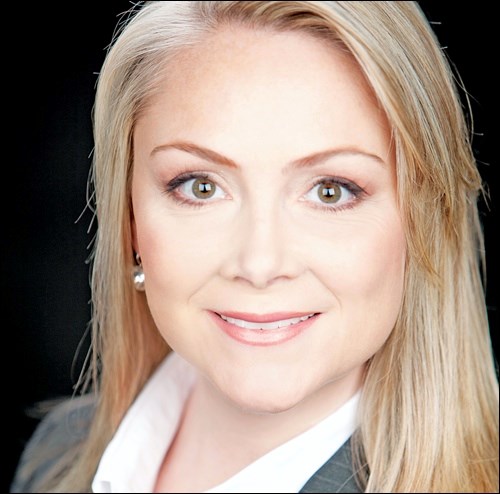If you’re shopping around for life insurance for the first time, it’s easy to become pretty confused pretty fast. Here’s primer on the difference between term life insurance and universal life.
As the name suggests, term insurance covers a specific “term” as specified in the contract, say 10 years, after which it may be renewable, typically at a higher premium. It does not last for your lifetime, as “permanent” insurance does, of which universal life is one variety.
Term life insurance is the most basic and least expensive type of insurance. It ensures that a specified sum of money will be paid out to your beneficiaries if you die during the term of the policy. The term can range from 5 to 30 years, and the premium will remain the same for the term you have specified. If you or your beneficiaries do not make any claims during the term of the policy, in most cases, the policy will expire worthless.
Term life insurance is appropriate for anyone looking to insure themselves against unforeseen events. It’s pure insurance, and once it expires, you do not get your money back.
Most term polices can be converted into permanent life insurance policies later in life without proof of medical insurability, but you will be paying the premiums at the attained age. Providing you qualify, term insurance will give you the coverage you need now. In the future, when your cash flow is more substantial, you can look at converting to a permanent policy, such as whole life or universal life, if it suits your needs.
“Universal-life” insurance is a type of permanent insurance that provide protection, but also allows you to grow your investments and pay less tax. Very basically, the premiums you pay for this type of policy pays for both an insurance component and an investment component. Upon death, your beneficiary will receive the amount of the insurance policy tax-free. The major advantage to this type of investment strategy is that you have control over the investments.
Insurance companies offer a wide variety of investments to choose from, and the policy is tax-advantaged. When you are ready to withdraw money from the investments held within the policy, the cost base is equal to the sum of all your premiums – the amount used for both the insurance and investments. This will increase your cost base, so you will pay less tax once you sell your investments within the universal life insurance policy.
Universal life might be suitable if you are looking for three types of solutions in one product: grow investments; save tax; and purchase life insurance. However, it’s important that you speak with both your financial advisor and a licensed insurance agent – the former to see whether this type of strategy fits with your overall plan; the latter, to find the best policy to fit your needs.
Courtesy Fundata Canada Inc. © 2016. Robyn Thompson, CFP, CIM, FCSI, is president of Castlemark Wealth Management. This article is not intended as personalized advice.




